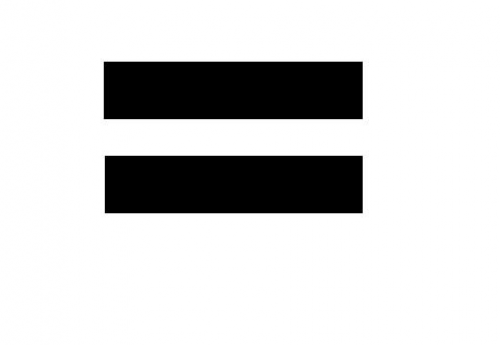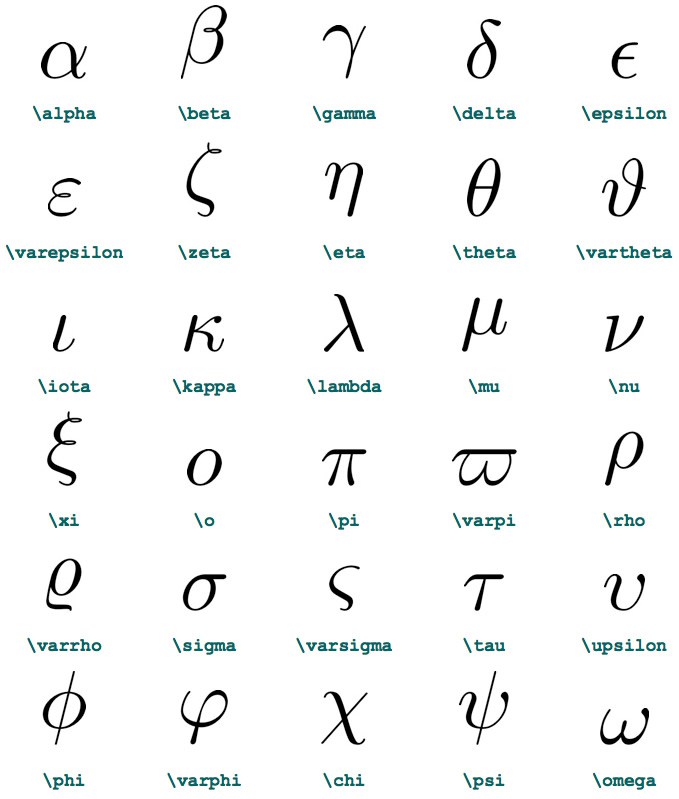+ - / x = History of math symbols..

In the 16th century, the mathematician Robert Recorde wrote a book called "The Whetstone of Witte" to teach English students algebra.
But he was getting tired of writing the words "is equal to" over and over.

His solution? He replaced those words with two parallel horizontal line segments (=) because the way he saw it, no two things can be more equal.
Could he have used four line segments instead of two?Of course. Could he have used vertical line segments?
In fact, some people did. There's no reason why the equals sign had to look the way it does today. At some point, it just caught on, sort of like a meme.

More and more mathematicians began to use it, and eventually, it became a standard symbol for equality.
Math is full of symbols. Lines, dots, arrows, English letters, Greek letters, superscripts, subscripts. It can look like an illegible jumble.
It's normal to find this wealth of symbols a little intimidating and to wonder where they all came from.
Sometimes, as Recorde himself noted about his equals sign, there's an apt conformity between the symbol and what it represents.
Another example of that is the plus sign for addition, which originated from a condensing of the Latin word et meaning and. Sometimes, however, the choice of symbol is more arbitrary, such as when a mathematician named Christian Kramp introduced the exclamation mark for factorials just because he needed a shorthand for expressions like this. In fact, all of these symbols were invented or adopted by mathematicians who wanted to avoid repeating themselves or having to use a lot of words to write out mathematical ideas.
Many of the symbols used in mathematics are letters, usually from the Latin alphabet or Greek. Characters are often found representing quantities that are unknown, and the relationships between variables. They also stand in for specific numbers that show up frequently but would be cumbersome or impossible to fully write out in decimal form. Sets of numbers and whole equations can be represented with letters, too. Other symbols are used to represent operations.
Some of these are especially valuable as shorthand because they condense repeated operations into a single expression. The repeated addition of the same number is abbreviated with a multiplication sign so it doesn't take up more space than it has to. A number multiplied by itself is indicated with an exponent that tells you how many times to repeat the operation. And a long string of sequential terms added together is collapsed into a capital sigma. These symbols shorten lengthy calculations to smaller terms that are much easier to manipulate. Symbols can also provide succinct instructions about how to perform calculations. Consider the following set of operations on a number.
Take some number that you're thinking of,
multiply it by two,
subtract one from the result,
multiply the result of that by itself,
divide the result of that by three,
and then add one to get the final output.
2x2=4-1=3x3=9/3=3+1=4
Without our symbols and conventions, we'd be faced with this block of text.
With them, we have a compact, elegant expression. Sometimes, as with equals, these symbols communicate meaning through form. Many, however, are arbitrary.Understanding them is a matter of memorizing what they mean and applying them in different contexts until they stick, as with any language. If we were to encounter an alien civilization, they'd probably have a totally different set of symbols. But if they think anything like us, they'd probably have symbols. And their symbols may even correspond directly to ours. They'd have their own multiplication sign, symbol for pi, and, of course, equals.
a3mlo el 7arka el 2oltlak 3laha la7san cheetah haybdna
mayteen shaklo :D
great blog to sharing us..this is really educational bolg for us..which are really helpful evryone..informatic post dear..
Thank you brother =)
try this for free spd
https://steemit.com/free/@madarafreeman/sbd-giveaway-to-all-upvote-to-win